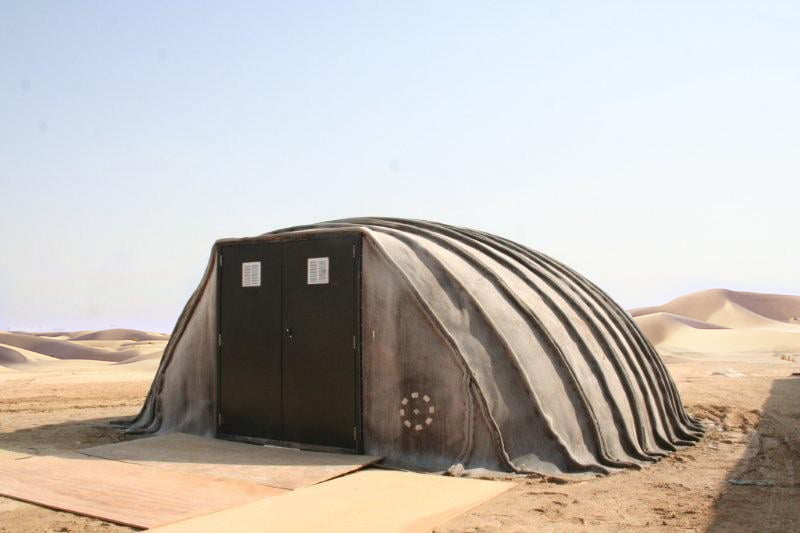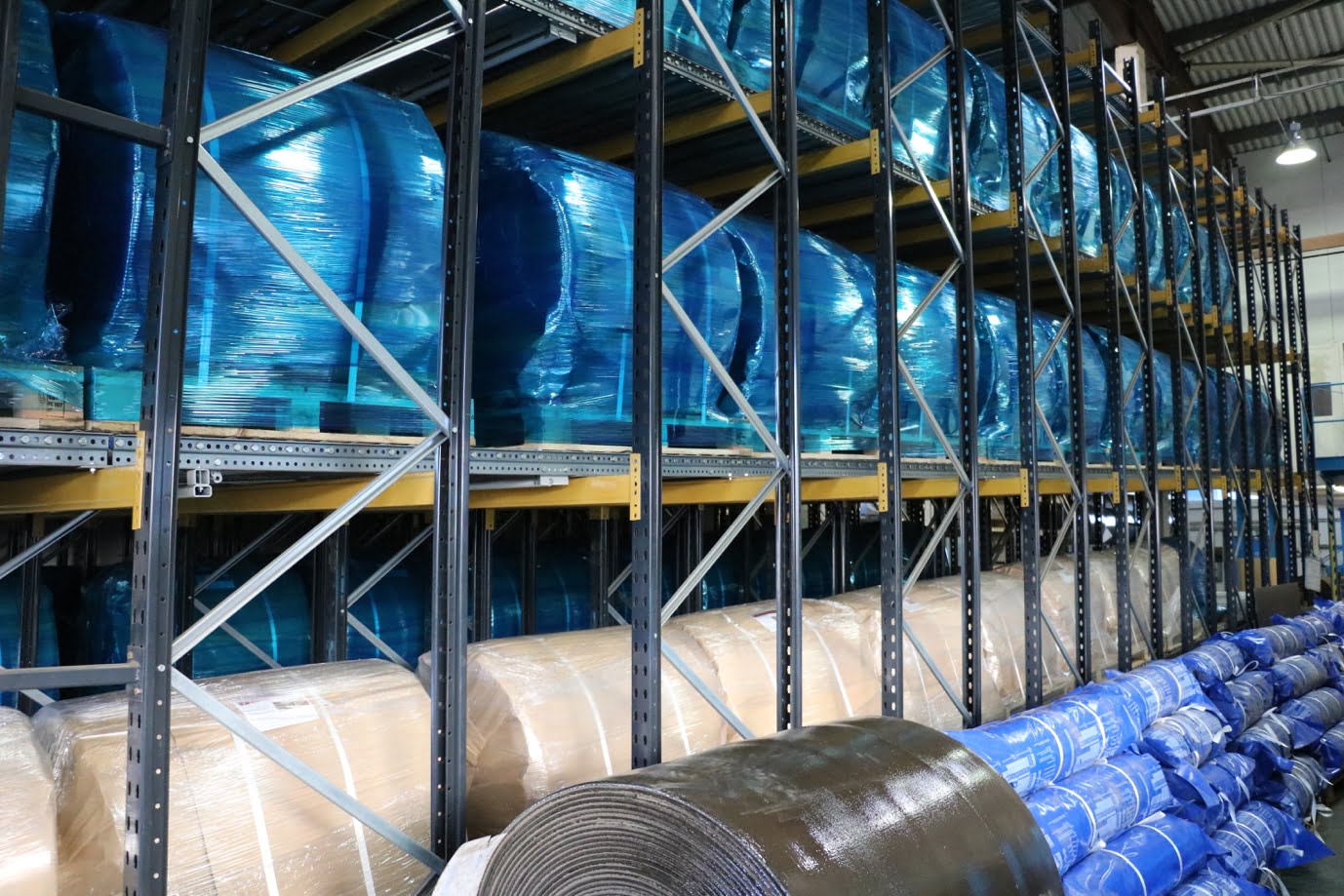There have been many significant innovations in the engineering and building sector. Some have changed the way buildings are made, materials such as steel and high strength glass and equipment like cranes. Others have had a significant impact on the way projects are researched and designed, such as computers and laser scanning surveys. Concrete is undoubtedly one of the innovations that changed the way building and engineering projects are carried out. Having been used for well over a thousand years, concrete has become one of the most commonly used building materials in the world.
For all the benefits of concrete, there are some significant disadvantages. For years these were improved where possible and accepted when they couldn’t be improved further. However, over the last 15 years, a new type of material has been developed which is replacing traditional concrete on construction and engineering projects around the world.
Geosynthetic Cementitious Composite Mats, sometimes known as GCCMs, provide a solution to many of the disadvantages with traditional concrete. GCCMs are a fabric technology which has been developed to arrive on building and construction sites ready to install and require only water to form a concrete layer reinforced with fabric. They were invented by a UK based company called Concrete Canvas Ltd.
What are they made of?
GCCMs are often referred to as ‘concrete on a roll’ as the fabric arrives on site as a roll ready to install. Inside the 3-dimensional fibre matrix is a dry concrete mix which is activated once hydrated with water. The fabric also has a PVC backing and in other variations a chemically resistant geomembrane liner.
How are they installed?
When comparing GCCMs to traditional concrete, one of the areas where they have a significant advantage is when it comes to installation. As GCCMs arrive on site ready to install as a roll of fabric with no mixing required, there is no specialist machinery needed. Furthermore, the fabric can be cut and secured in place with simple hand tools. Depending on the site and its accessibility, a crane or other lifting device may be needed to lift the roll and allow the fabric to be measured and cut directly into place.
What are the key benefits?
Because of the way GCCMs are installed, the overall speed that a project can be completed is significantly quicker than when using traditional concrete. To cover an area of the same size, GCCMs can be installed up to ten times faster, as the fabric can be laid at a rate of 200m2/hour. Furthermore, the fabric can set and be usable just 24 hours after hydration. The speed of installation, along with not requiring specialist tools, training or machinery, can reduce overall project costs when compared to traditional concrete.
While the fabric does need water to activate the concrete powder mix, either fresh or saltwater can be used, which when installing the fabric in hard to access places eliminates the need to transport water in when a local water source could be used. Using a concrete alternative such as a GCCM is also more environmentally friendly. Not only can GCCMs cover more area than a conventional mixing truck, but they are low mass and low carbon along with using 95% less material than traditional concrete.

What are they commonly used for?
When two university students, Will Crawford and Peter Brewin, first developed GCCMs back in 2004, they did so to create inflatable semi-permanent shelters. These shelters were designed to be used in disaster relief areas where traditional shelters had limitations. The shelters they designed were very strong and secure, even having built-in locking doors, and were much quicker to set up than buildings. Having succeeded in developing these shelters, Will and Peter realised there were far more applications for the fabric and moved to produce that on a larger scale. This resulted in the formation of Concrete Canvas Ltd as a company.
There are now two variations of the Concrete Canvas fabric which are used across a variety of industries. The standard CC fabric is used widely in civil engineering projects around the world, including in the mining, rail and agricultural sectors for tasks such as slope protection and channel lining. Concrete Canvas Ltd also developed CC Hydro, which adds a chemically resistant geomembrane liner for use specifically in the Petrochemical and oil and gas industries.
Because of the advantages of using a non-traditional concrete alternative, such as Concrete Canvas, engineering projects around the world are now looking at GCCMs. Concrete Canvas export their products to over 80 countries, and the number of uses continues to grow as engineers around the world think of new ways to use this unique product.

